🎬 Strange Way of Life (2023) – A Poignant Exploration of Desire and Masculinity in the Western Genre
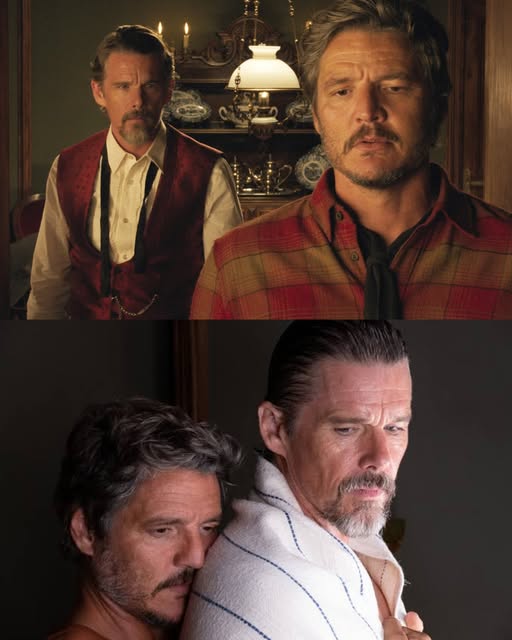
Directed by: Pedro Almodóvar
Starring: Pedro Pascal, Ethan Hawke
Genre: Drama, Western
Runtime: 31 minutes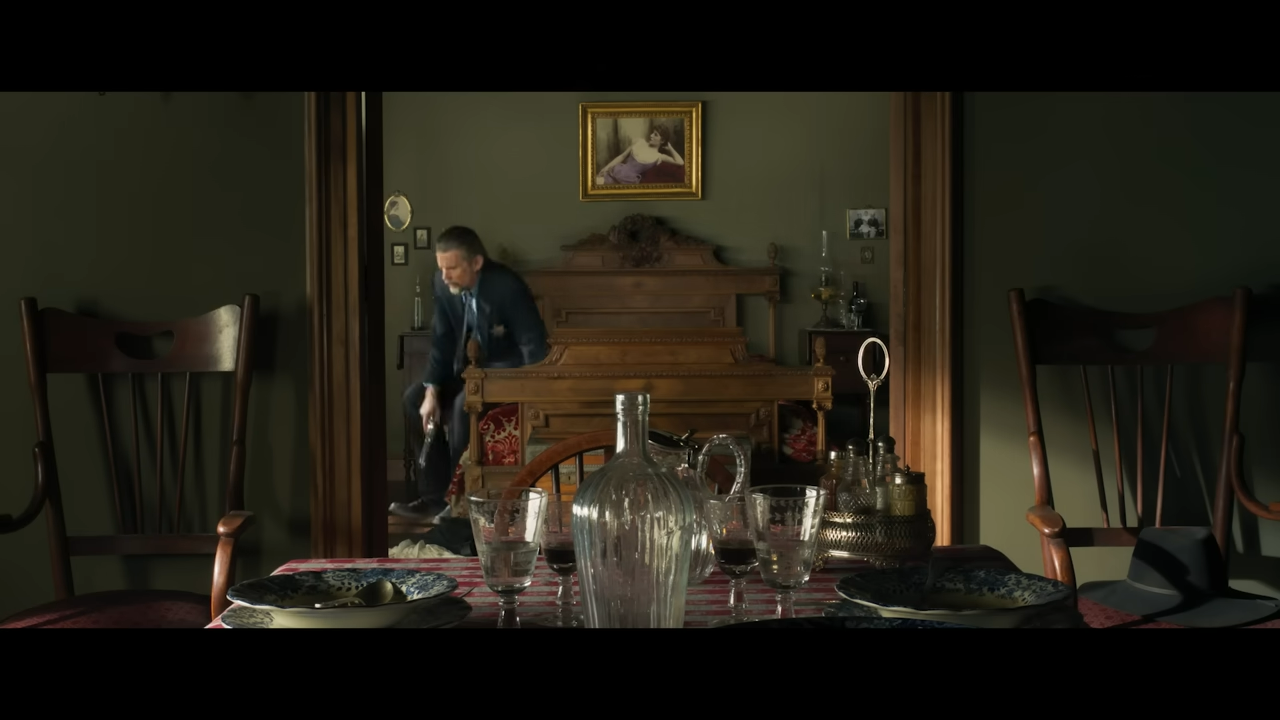
Pedro Almodóvar’s Strange Way of Life (2023) is a beautifully crafted short film that defies the traditional boundaries of the Western genre. With its stunning cinematography, emotionally charged performances, and a distinctive queer sensibility, Almodóvar brings a fresh, tender, and introspective take on the timeless tales of men, masculinity, and unspoken love. In just 31 minutes, the film manages to weave a profound narrative of desire, regret, and the cost of suppressing one’s truth. Here’s an in-depth look at this evocative cinematic piece.
Plot Overview: The Emotional Depth of Strange Way of Life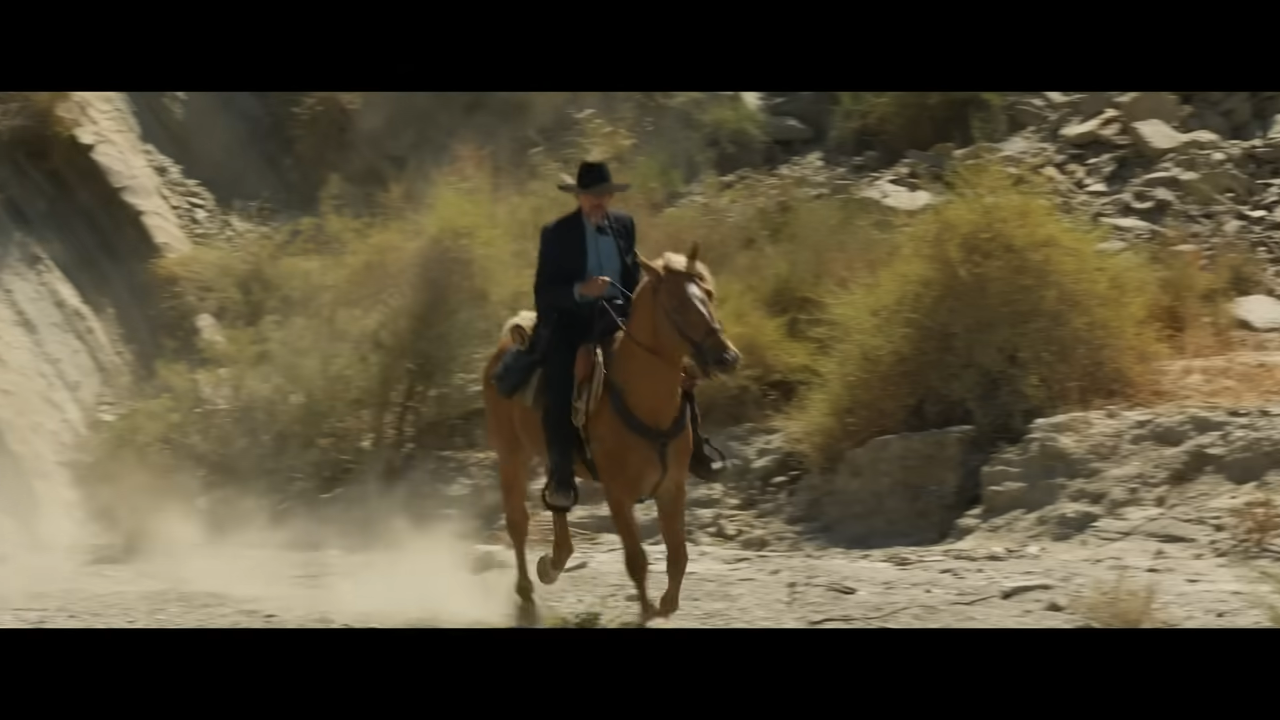
At first glance, Strange Way of Life might appear to be a typical Western: a man riding alone through the desert to visit an old friend. However, as the narrative unfolds, it becomes clear that this film is about far more than dusty plains, dramatic shootouts, and rugged masculinity. It’s a story about two men—Silva, portrayed by Pedro Pascal, and Jake, played by Ethan Hawke—whose bond goes beyond friendship, entangled with repressed love and unspoken emotions that have simmered over the years.
The film begins with Silva, a rancher, crossing the vast desert to visit Sheriff Jake. Their reunion starts off with friendly banter, but the tension between them is palpable. Both men are aging, their faces weathered by time, yet there’s an undeniable connection that lingers between them. As the evening progresses, we begin to sense that their history is filled with unspoken words, unresolved feelings, and moments that were left unsaid. The vast desert, with its dry heat and barren expanse, acts as a metaphor for the emotional distance that has grown between the two over time.
What is truly remarkable about Strange Way of Life is the way Almodóvar explores the complexities of masculinity, particularly in the context of queer love. In a genre that often thrives on silent strength, stoic behavior, and the unexpressed interiority of its characters, Almodóvar’s film dares to venture into the realm of vulnerability. The film delicately captures the rawness of human emotion, revealing the painful process of confronting one’s past and desires that have been buried under layers of pride and societal expectations.
Thematic Exploration: Masculinity, Desire, and Regret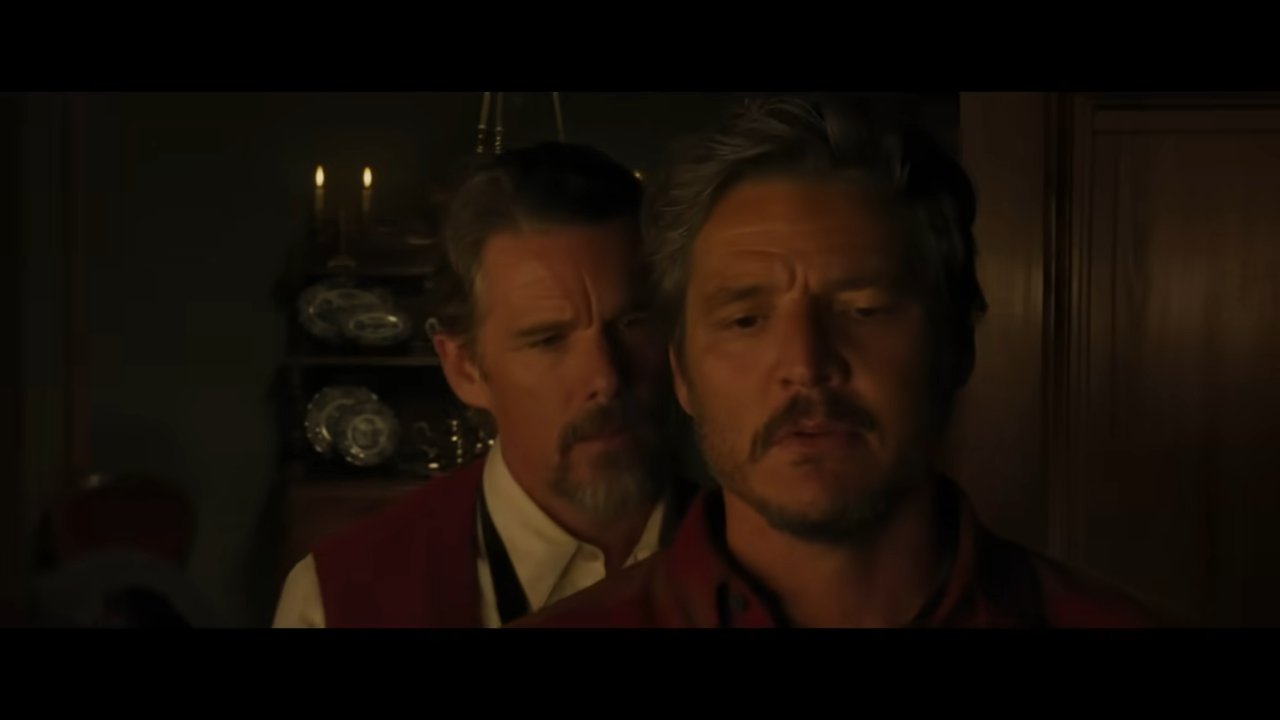
Almodóvar’s decision to set Strange Way of Life in a Western setting is a brilliant choice, as it subverts the traditional portrayals of men in this genre. Westerns have long been associated with a certain kind of hyper-masculinity—men who endure hardship without complaint, who live by their own moral code, and who rarely express their vulnerabilities. But Almodóvar complicates this by focusing on the emotional and psychological lives of his characters. The men in Strange Way of Life are not defined solely by their actions; their inner worlds are just as important, if not more so.
The film subtly explores how the constraints of traditional masculinity prevent Silva and Jake from fully acknowledging their feelings for each other. Throughout their reunion, the characters struggle to navigate their emotions, with every glance and every word carrying the weight of years of unspoken truth. The rugged desert landscape mirrors this emotional distance—barren, harsh, yet beautiful in its own right.
The tension between Silva and Jake reaches a breaking point when they finally confront their past. What begins as a casual meeting soon transforms into a meditation on the cost of concealing one’s truth. In their strained interactions, we see the psychological toll that repression can take on a person, as well as the profound sense of loss that accompanies a love that was never fully realized.
At its core, Strange Way of Life is a film about missed opportunities, regret, and the pain of living a life of denial. It reminds us that sometimes, love comes too late—and that the price of silence can be heartbreakingly high.
Cinematography and Visual Style: Almodóvar’s Signature Aesthetic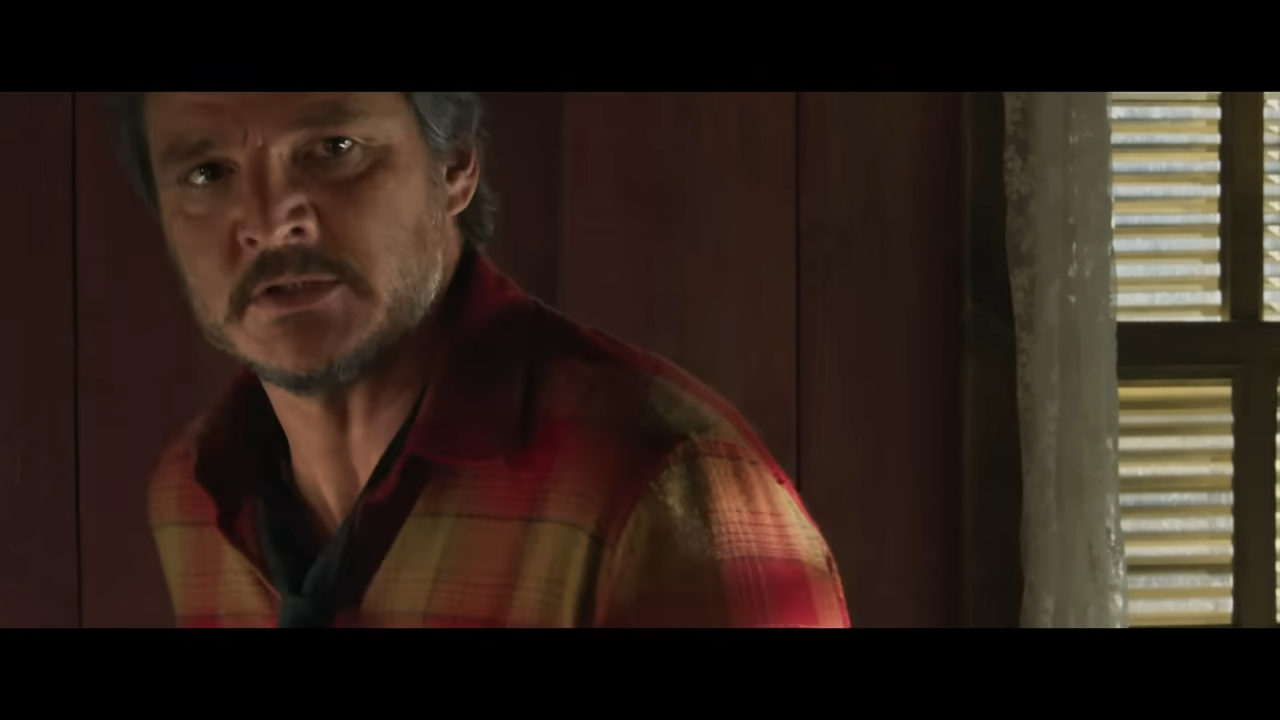
One of the standout features of Strange Way of Life is its cinematography, which exudes Almodóvar’s trademark visual style. Shot against the vast, unyielding desert, the film makes full use of the expansive landscape, emphasizing the isolation and emotional vastness of its two protagonists. The wide shots of the arid land contrast beautifully with the intimate, close-up shots of the characters, enhancing the feeling of emotional claustrophobia that permeates the film.
The lighting in Strange Way of Life also plays a crucial role in establishing the tone. The warm hues of the setting sun, paired with the soft, golden tones that bathe the characters, create an atmosphere of quiet melancholy. This is not a film of explosive action but of subtle emotional shifts, and the cinematography underscores this by allowing the stillness of the landscape to mirror the internal stillness of the characters.
Almodóvar’s use of color is equally noteworthy. The rich reds, golds, and earth tones evoke the Western genre’s iconic imagery, but they also carry an emotional weight that goes beyond mere aesthetic choices. The colors feel symbolic, representing both the warmth of affection and the harshness of repressed desires.
Performances: Pedro Pascal and Ethan Hawke’s Chemistry
Pedro Pascal and Ethan Hawke deliver nuanced, captivating performances in Strange Way of Life, creating an emotional depth that is central to the film’s success. Pascal, known for his versatility and emotional depth, brings a vulnerability to Silva that is both tender and heartbreaking. His portrayal of a man wrestling with his feelings for Jake is incredibly moving, as he struggles to reconcile his past and his unacknowledged love.
Ethan Hawke, on the other hand, brings a stoic yet emotionally complex portrayal of Jake, a man who has buried his feelings beneath a hard exterior. His performance is marked by quiet intensity, and his ability to communicate so much with so little makes every moment he shares with Pascal brimming with unspoken emotion.
The chemistry between Pascal and Hawke is electric, and their subtle interplay of glances, pauses, and small gestures speaks volumes about their shared history. There is a palpable tension between them—an unspoken desire that neither is willing to fully acknowledge until it is too late.
Music and Sound Design: A Haunting Score
The haunting, evocative score of Strange Way of Life complements its emotional intensity. The music is a mix of mournful strings and delicate piano, enhancing the film’s melancholic tone. It builds gradually, adding layers of depth to the emotional moments without overwhelming them. Almodóvar has always been known for his attention to sound, and here, the music serves as a perfect accompaniment to the visual storytelling, drawing out the emotional complexity of the film.
Final Thoughts: A Masterful Short Film on Love and Regret
In just 31 minutes, Strange Way of Life delivers an emotionally charged and visually stunning exploration of love, masculinity, and missed opportunities. With its rich performances, breathtaking cinematography, and haunting score, it leaves a lasting impact on the viewer long after the credits roll. Almodóvar has once again proven his mastery in crafting intimate, poignant stories that resonate on a deeply emotional level.
Strange Way of Life is a film that speaks to the universal experience of longing, regret, and the silence that often accompanies love. It is a striking reimagining of the Western genre, offering a fresh, introspective perspective on themes that are timeless and universal. For those looking for a short but profoundly moving cinematic experience, this film is not to be missed.











